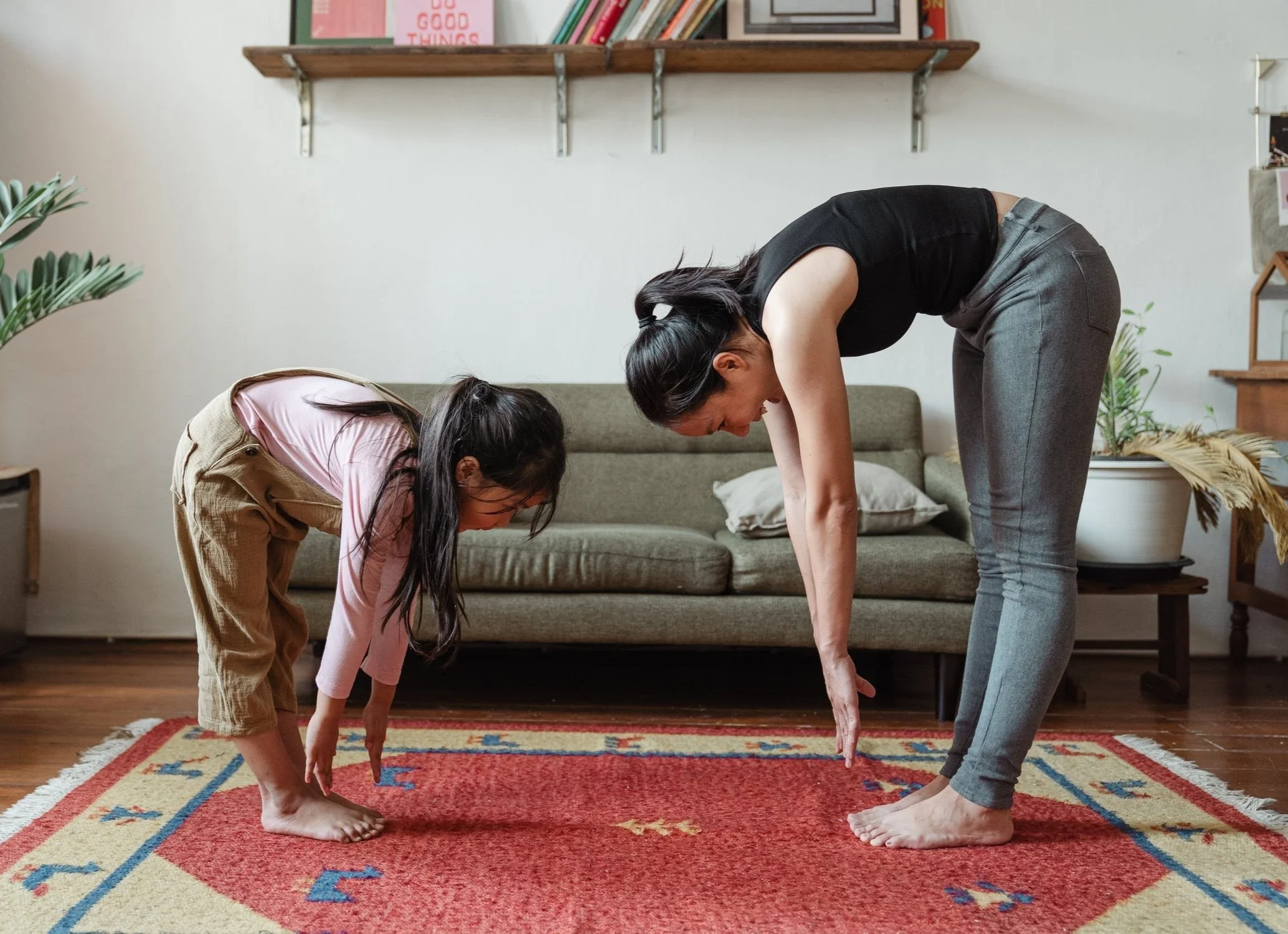The Importance of Stretching
If there’s one thing that many people forget to do (or avoid doing) on a daily basis, it’s stretching.
Like exercise, regular stretching is an important part of keeping your muscles and joints healthy.
Why should I stretch?
Tight muscles that have shortened over time due to prolonged postures or repeated activities create muscle imbalance:
One muscle group becomes shortened and the opposing muscle group often becomes lengthened.
This creates an unhealthy imbalance that is not ideal for your joints and other structures.
This can lead to joint pain and stiffness as well as loss of range of motion.
By stretching regularly, you can create a healthy, ideal muscle balance for your body to work and feel its best.
What muscles should I stretch?
Everyone is unique. Depending on your age, lifestyle, occupation and health history, you may benefit from stretching different muscle groups than someone else. Let’s look at one example, sitting at a desk most of the day:
Stretching your hip flexors and hamstring muscles can help to combat the effects of sitting for too long without moving.
In addition, you can stretch the pectoral muscles in your chest and perform spinal extension stretches to help prevent stiffness in the spine due to poor posture while sitting.
How should I stretch?
There are two common types:
Static stretching: This refers to holding a muscle at its maximum tolerable length for a sustained period of time in order to increase its length. Research has shown 15-30 second holds to be of greatest benefit to increase your range of motion. After 2-4 repetitions, there is no further benefit.
Dynamic stretching: This refers to taking a joint through its full range of motion, then repeating the movement to slowly increase your range of motion. You should be careful to avoid “ballistic stretching,” which involves short quick movements at your max range of motion. This can lead to injury.
It’s also important to remember that stretching should not hurt. If it causes you pain, decrease the intensity of stretch. “No pain, no gain” does not apply and does not allow the muscle to relax fully in order to lengthen.
When and where should I stretch?
For many people, static stretching is a good place to start. The American College of Sports Medicine recommends static stretching after an active warm-up for 15-30 second holds, 2-4 repetitions, 2-3 days per week. Older individuals may benefit from longer hold times.
Many stretches can be performed anywhere: at work, home, outdoors or indoors. One good way to add more stretching into your day is to incorporate it into your daily routine. Throughout your day, look for times when you’re waiting on something or have other downtimes to squeeze in some stretches.
How do I start?
Always check with your health care provider before starting a new stretching routine. Certain health conditions or injuries may prevent you from performing specific stretches. A physical therapist can recommend the appropriate stretches based on your lifestyle, goals and a physical examination.

